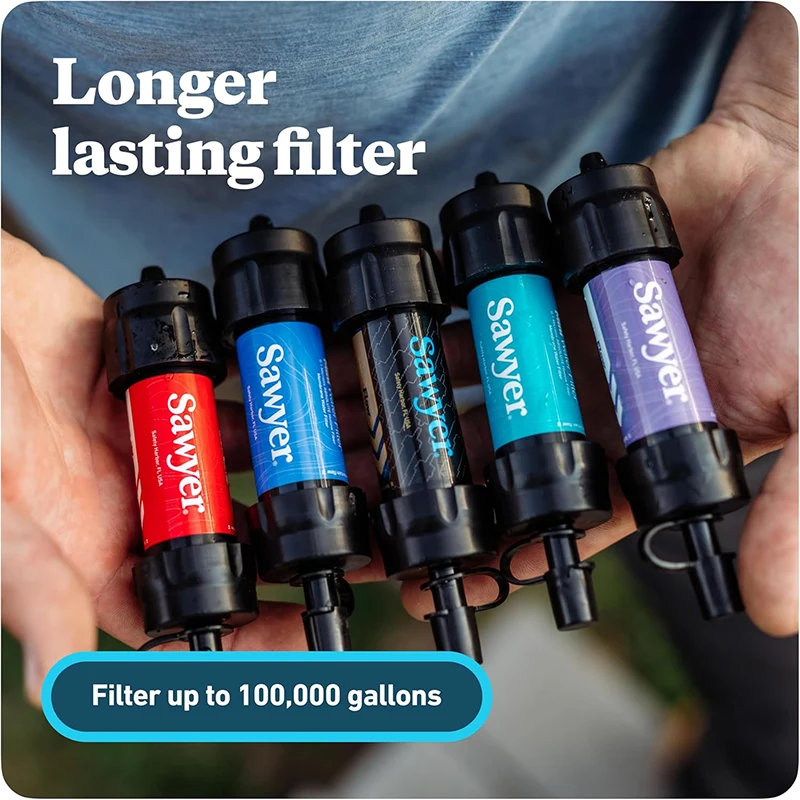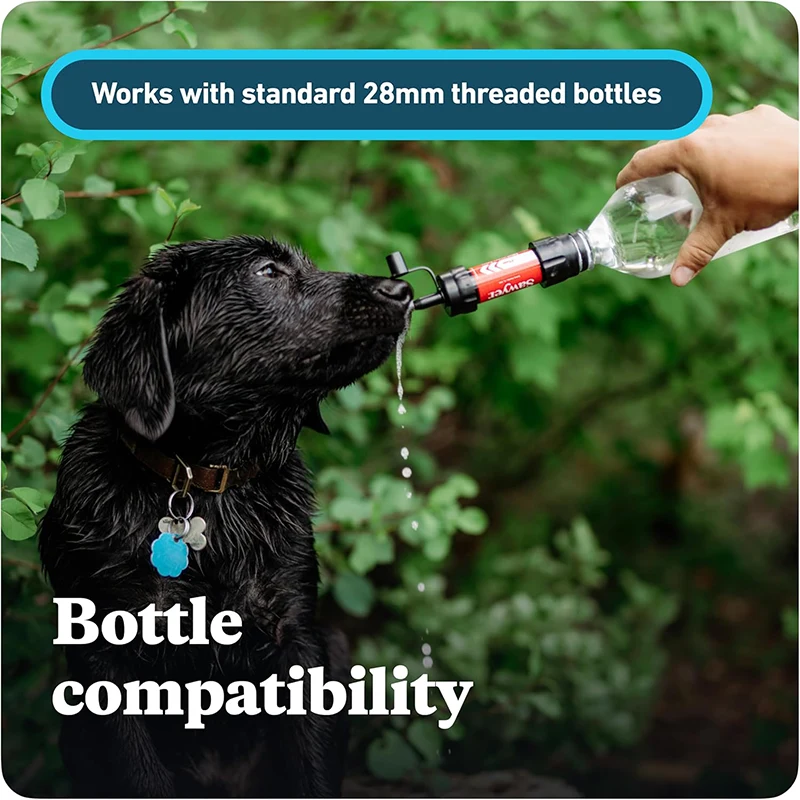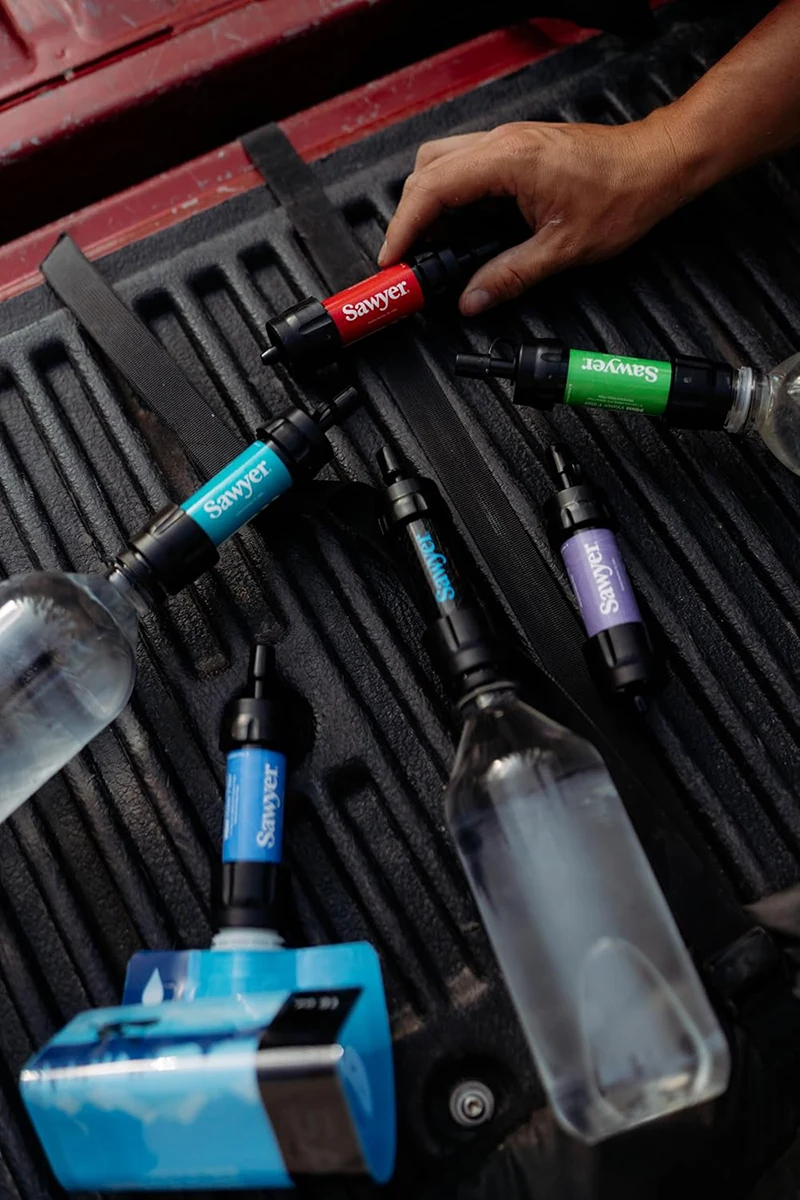Chunguza Maudhui Zaidi



Wimbo wa Upendo kwa Nje
by Amiththan
I learned your words and wrote a song to put my story down
But then you came and took my song,
took my song,
playing it for your own…
Rhiannon Giddens ft. YoYo Ma – Build a House
We have been singing songs, telling stories for a very, very long time. This is our work and joy--life too. It is what we do. If you haven’t heard us sing before, if our stories are novel to you, this doesn’t mean our voices are new. If you haven’t seen us before, it doesn’t mean that we weren’t already here doing this work, living these stories. This is an old song. This is what we do.
There is a reckoning on the streets. Everywhere, there seems to be a shift. At the very least, there may be an opening. And we, both you and I, find ourselves in this moment: weary, but perhaps in conversation.
How does equity, diversity and inclusion look, feel and work in the outdoors? There are as many characters in this story as there are voices singing this song. I urge you to seek out these voices who have always been here, whose songs you haven’t yet heard.
I hold a Masters Degree in English. I have worked in fields of tobacco with and alongside migrant farm labourers; I have cleared and waited on tables; burnt away a part of myself on an assembly line; survived a civil war. I remember the stories of my village in another language. During this pandemic, I have taken up carving spoons for my fiancé and fishing for trout. I pan for gold, and sometimes, I write. My able-bodied maleness benefits from relative privilege.
And I have walked thousands of miles on distance trails.
What I am not is a diversity story-- nor, am I a character in your story about diversity in the outdoors. I’ll prove this to you: when I was wandering around the Sri Lankan countryside, nobody in my hometown thought I was a person of colour, representing diversity.My skin colour told a different story in that politicised landscape. In a space where whiteness and white gaze is normalized, my story is put invariably through the filter of diversity. It is as if I can only exist in a condition of perpetual otherness; as if I do not inhabit a subjectivity of my own. I disappear into this single story. Again, and again.


In The Danger of the Single Story Chimamanda Adichie exposes the artifice implicit in telling the same type of story without allowing space for nuance or variety. Telling a certain kind of story, again and again, creates and maintains false hegemonies; a sameness at the expense of existing multiplicity.
This industry has been repeating the same type of stories about itself for so long that it has come to believe its own myths. The outdoors is an escape. The outdoors doesn’t have politics. The outdoors does not discriminate. The outdoors is out there, to be discovered and explored. The outdoors is always and only a place. This single story has many problems.
Sure, there is an impetus now for stories like mine, faces like mine, to feed an industry hungry for what it has deemed authentic diversity content. We can argue that this is a start, that this is long overdue. The idea of seeking out what seems like authentic diversity content is also a problem. This is a process necessarily predicated upon explicit bias, unexamined assumptions and outright fantasies about the optics of what you might imagine constitutes authenticity. There can be no authentic Diversity Story. This is an untenable, artificial idea. Diversity is not singular. There is no diverse person; there are only people. There is no diversity story; there are diverse stories. There are many faces, many voices. So many stories.
In other words: I am not a Diversity Story about the outdoors. Mine is a story from the outdoors about itself.
Single stories deny complexity. They reduce a person, or a place, to a metaphor. Arguing against depictions of Native American life as one of tragedy filtered through the narrow lens of "the dead Indian" Prof. David Treuer says:
“..there is no indigenous life, there are only indigenous lives. There is no Indian Culture or First Nations culture, only first nation cultures. And it’s very hard for people to understand [this idea of diversity]. And that’s one thing the [single story of] tragedy doesn’t communicate, and that’s one of the reasons why I want to move away from this tragic mode of story-telling about native folk. The opposite of tragedy is not hope in my opinion. Hope is the other side of the tragic coin. I am sick of being given, paid in, and having to use that currency. The other side of tragedy is complexity, context, layering, texture--that’s the opposite side of tragedy. Tragedy washes all that out and turns us into some kind of a condition, a statistic.”
That a people can exist only in relation to an idea, as a "condition or statistic,” ignores the many ways in which people actually live fully realized lives. There is a degree of implicit violence in this type of erasure. This type of violence is both symbolic and consequential.


The past two years (2018-2019) in American long-distance hiking has been especially prolific. A number of people set records, wrote themselves into history, became a part of the lore of the American Long Trail. Elsye "Chardonnay' Walker and Will "Akuna" Robinson walked more than 16,000 combined miles on their way to history. Tyler "Prodigy" Lau completed the Triple Crown within a calendar year. He walked the Appalachian, Pacific Crest, and Continental Divide Trails in 246 consecutive days. These are staggering feats of commitment, passion and fortitude. Their achievements are indeed more incredible given the respective travails each faced on and off trail; which isn't the same thing as saying, quite simply: their achievements are historic. Instead, there is a tendency to read their stories as and only as trope for diversity. The difference may be subtle, but it is crucial. Their footsteps tell many stories: of triumph and pride whenever you see Akuna looking to the heavens; resilience, and purpose when you see Prodigy put up his fist at the PCT monument, paying tribute and standing in solidarity with those who have been swallowed up in systems of discrimination; there is an infectious soul-affirming joy when you see Chardonnay, all alone, dancing in the mountains to the tune of her heartbeat. Their stories are stories of the outdoors. Their legacies are outdoor history.
Yet, this is also an indictment. If the tenor of their songs stands apart, it is in part due to the saturation of sameness proliferated and amplified in the outdoors. Their stories sing loudly: We belong here. We have always been here, even if you haven't seen us before.
At this moment, in which there is an apparent impulse towards diversifying stories from the outdoors, there is on-going erasure. North America’s first people have many stories, a great variety of them, that they tell between and among themselves about each other and their kinship with the land. And their songs are far older than the nation-states on this continent.
I am a transplant in this land; I came here as a child of a refugee. I therefore cannot speak for indigenous voices in this space. I can tell you, however, that a discussion of the outdoors that does not acknowledge the multifaceted kinships between the land and songs of people who are indigenous to this land is a discussion that is incomplete.
In this way, the idea of the public land, for example, is more a tactic than simply a space. Such an idea, while no doubt allows for certain kinds of protection and stewardship, ruptures a kind of continuity and maneuvers it away from people who have always belonged there. This has been and continues to be a violent process, where belonging is politicised and made discursive; where the erasure is ongoing--too real for whom this land is and has always been something far more visceral and sacred than a legal concept. Land is neither public nor private until a system of legal discourse designates it as such.
Before this normalized paradigm shift, there was violence: forced expulsions, mass murder, genocide. Since then, as Treuer argues in his book Heartbeat of Wounded Knee, there have been survival songs, protests songs, songs of reliance, songs of joy, songs of beating hearts that were never buried at Wounded Knee, but “ still live on, thriving.” If this seems a novel way to think about land and belonging, it is not as if indigenous voices have ever been silent.
Critiquing the recent ABC documentary “The Great White Outdoors” Indigenous Women Hike assert:
All public lands are the ancestral lands of indigenous people. Our communities still feel the impact of that removal. Many tribes still gather medicines, hold ceremony, and interact with these lands and yet our stories are left out of the conversation…our story is unique. We are indigenous to the land and hold thousands of years of connection to it. When I see media pieces like ABC’s The Great White Outdoors leave out indigenous history completely, and make no mention of indigenous people at all—IT IS ERASURE. [@indigenouswomenwhike]

In the land of the Long White Cloud, Aotearoa otherwise known as New Zealand, there’s a long path that traverses the north and south islands: Te Araroa. My walk along this path would forever redefine my relationship to long distance hiking. I cannot explain how I ended up on the Whanganui river with the Iwi, the Maori equivalent of a nation or a nation of people. That is not my story to tell, but I am its keeper. But I received permission and the blessing of the old people to be a part of the awa, and the river a part of me. The elders who watched over my journey along and through the awa gifted me with these parting words:
the land does not belong to you, you belong to the land. The land as people as one; no people without the land. I am the river; the river is me.
For many who walk the long path in Aotearoa, the awa was little more than an exciting adventure on water, a break from the walking. From an unseen marae along the banks I watched hikers paddle by, oblivious to the parallel story of this living people, this living river. In 2017 the recalcitrance of the people led to the New Zealand government recognizing the awa as its own legal person. Members of the Whanganui Iwi have always understood this as they understand the obviousness of their own personhood: the river, like the kinship with people, flows onto itself. This is a profound awareness of the self as itself. Ko au te awa, ko te awa ko au: I am the river; the river is me. The people have always told this story. It is a song of resilience, of continuity, of protest. Whanganui Iwi took charge of their story, and exercised their right to self-determination. In doing so they changed the dominant single story about Te Awa Tupua. Their story challenges how we continue to see the natural word through specific economic and political discourse that advance settler narratives. The people have always said: we are the river song. There is power in this type of telling stories, says Adichie, and value, too, beyond what fits into an economic model.

Listen.
Stories matter. My stories matter-- most of all to me. I put my time into these stories; I put myself into these stories. This process is inherently valuable. It is self-affirming work. And that is not for sale, although this process has been costly. I can give you this, my song, but you cannot take it for your own.
The outdoors is a construct. It exists in stories, through curated imagery, via people who tell and get to tell stories. It exists through all of us.
The outdoors is also an industry--a politicized system and a for-profit economy. It is vital for those of us who have a stake in this field to understand this basic dynamic.
This is my love song to an entire system: our work is valuable and has implicit value. Understand this and proceed accordingly--be equitable in your ways of conducting the business of the outdoors. Don’t preach inclusion; understand that we are already here, and have been telling a plethora of diverse stories all along.
Most of all, do not ask us to participate in our own erasure.
Words by Sawyer Ambassador Amiththan 'Bittergoat' Sebarajah
Photos by Amiththan @timeplacedrift and Jim Lawrence @kootenayreflections
Kutoka kwa kikosi
Mazungumzo ya Campfire na jamii yetu, kutoka kwa Wanachama wa Squad na Mabalozi kwa Washirika wa Brand na timu ya Sawyer.

















